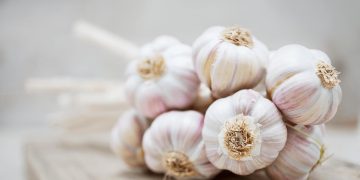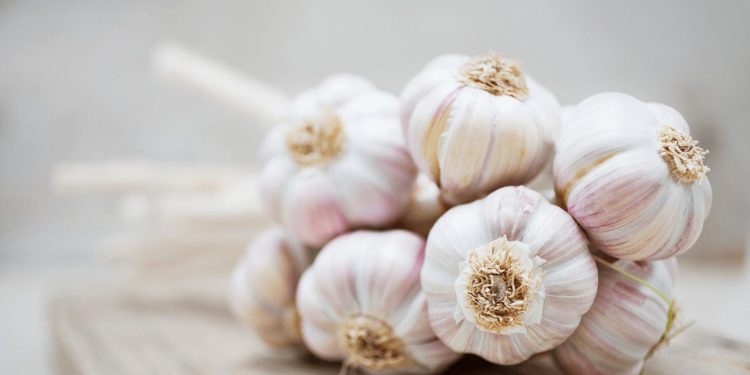#GarlicinChina #AgriculturalDevelopment #GarlicQuality #InternationalTrade #WeatherImpact
Garlic production in China faced challenges in the current season, resulting in a lower yield and compromised quality due to diseases and untimely rain during the drying process. As a consequence, garlic prices experienced volatility, leading foreign buyers to adopt a wait-and-see approach.
According to a report by AgroTimes citing FreshPlaza, Mr. Wang, the sales manager of Jining Shangzhuo Food Co., Ltd, revealed that the new garlic crop was harvested in mid-May. However, the production was 10%-15% lower compared to the same period in the previous year. The drying process was particularly affected by continuous rainfall, leading to the emergence of mold, with 15% of the harvested garlic being affected. The instability in weather conditions caused fluctuating prices, creating uncertainty in the market.
International customers have been cautious due to the current high prices. They are expected to take some time to adjust to the increased costs associated with the compromised yield and quality. This hesitation from foreign traders could have far-reaching consequences for both the Chinese garlic industry and international trade.
Development and Consequences of Garlic Production Challenges:
The decline in garlic production in China could have several implications. Firstly, domestic suppliers might face reduced revenues and profitability due to the lower yield and issues with the quality of the garlic crop. Farmers and garlic-related businesses could experience financial strain, potentially affecting the overall agricultural sector in the country.
Secondly, as China is one of the major exporters of garlic to the global market, the lower production and compromised quality may result in a shortage of garlic in the international market. This scarcity could drive up garlic prices in foreign countries, affecting consumers and businesses that rely heavily on garlic imports.
Moreover, the unpredictability of garlic prices may make it challenging for foreign buyers to plan their purchases. Some buyers might look for alternative garlic sources or consider substituting it with other ingredients, impacting the demand for Chinese garlic in the long run.
Additionally, the quality issues with Chinese garlic could raise concerns about food safety and quality standards. This might prompt foreign governments to impose stricter regulations on garlic imports from China, leading to potential trade barriers and further limiting international sales.
To mitigate the consequences of the current challenges, Chinese garlic producers and exporters may need to invest in research and development to find disease-resistant varieties and improve drying techniques. This would ensure a more stable and reliable supply of garlic to the global market and help maintain competitiveness in the international trade landscape.
The lower yield and compromised quality of garlic in China have significant implications for both the domestic industry and international trade. Addressing these challenges and investing in sustainable agricultural practices will be crucial for the long-term success of the Chinese garlic sector and its position in the global market.































